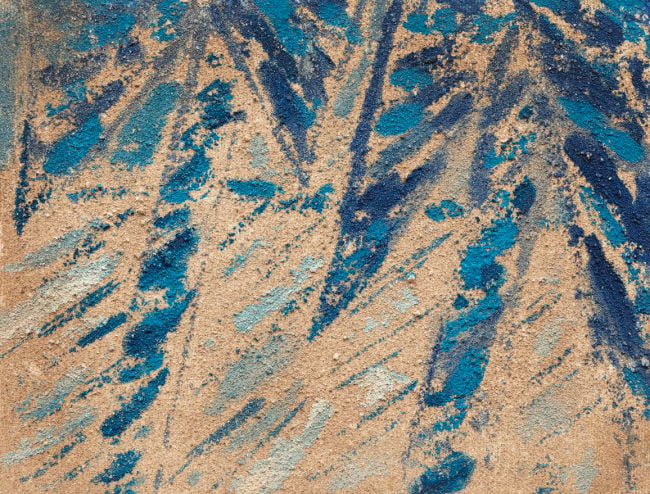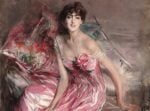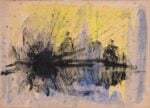Ignazio Moncada – Vele spiegate su Stromboli

Mostra personale.
Comunicato stampa
Wizard gallery is pleased to present the solo exhibition "Vele spiegate su Stromboli" by Ignazio Moncada.
The protagonists are the natural materials provided by the islands to the artist, who made them his own to express all the emotional intensity of that happy moment of his creative journey.
The Aeolian Islands take centre stage in the original and positively expressive manner that has always characterized the works of Moncada, a sensitive artist who was inspired in the creation of this pictorial series, called Le Vele (The Sails) precisely, by his personal experiences of the places as well as his frequentations, which occurred at a particular moment in history, first in the early 1950s and more permanently in the 1960s, when he used to spend his vacations in Panarea.
That was when the island remained a natural and cultural paradise, where the local community lived in harmony with artists and intellectuals from all over the world. Among them were Toto Koopman and Erica Brausen, owner of the famous Hannover Gallery, the director of the Covent Garden Theater, film director Peter Brook, poet Max Clarac-Sérou, and artist Sebastian Matta, who was making Surrealist Coup de théâtre in his house above Calcara.
It is precisely the living matter provided by the islands themselves that is the protagonist, the instrument that Moncada used and made his own to convey the emotions he felt in the various situations he experienced, among which the views of Stromboli were particularly prominent. From the perspective of his home in Ditella, what had struck him was the eruptions of the volcano, a central place on that island that became familiar to him. He frequently went there by boat with his brother Uberto when he was passing through.
So it is the natural materials, such as the ochre dust of the Calcara beach in Panarea or the black sand of Stromboli, that are the main actors animating the canvases of these small-scale works, which express the emotional intensity that characterized this happy moment (1975-1976) of Moncada's artistic journey. These are not superficial representations of the islands' shape; the materials that make up the islands themselves bring his canvases to life.
Among the artist's works in Panarea, one, in particular, represents the shift to matter in his research on transparencies: the 1975 fresco created in the house of the German Wetzel family in Ditella. Here, the texture of the plaster becomes matter, and it's incorporated into the painting through the engraving of white triangulations like sails. Such is the emotional intensity of this happy moment in Moncada's artistic journey that he will evoke it in the work Rappresentazione (Representation) (2000), in the exhibition, citing within it the painting Verso alto mare (Toward the High Sea), which opens to the period of the Vele (Sails), thus closing the discursive circle of an exhibition that attempts to restore the seductive vision of the Mediterranean.
Ignazio Moncada
In 1952, he travelled to Paris to meet the masters of abstractionism and moved there in 1958. In his first solo exhibition in 1965, he exhibited abstract paintings on glass. After living in Brussels in 1966, he transferred to Rome and, in 1974, permanently to Milan. In 1973, he made his first ceramic works in Albisola. In 1976, the Galleria Civica d'Arte Moderna in Palermo and in 1979, the Palazzo dei Diamanti in Ferrara, dedicated a solo exhibition to him. In 1979, he also made a polychrome ceramic wall for the new Gibellina.
In 1982, during the restoration of the southern entrances of Piazza Duomo in Milan, he initiated a new hypothesis of urban intervention with Pont Art (Scaffolding Art), transforming the anonymous cladding of a construction site into a large screen painting that fits into the life of the city. He performed other Pont Art interventions in Italy, Germany, and Spain. He had solo exhibitions at the Abrantes Palace in Madrid in 1987 and 1988 at the Musée des Beaux-Arts in Chartres. In 2007, he made a 42-meter engobed ceramic seat for the historic Albisola Marina waterfront. An anthological exhibition of his ceramic production at the Milan Triennale was held in 2011.
In 2012, he decorated the ceiling of the Library of Palazzo Branciforte in Palermo with a pictorial intervention of 20 x 8 meters.
He died in Milan in 2012.



